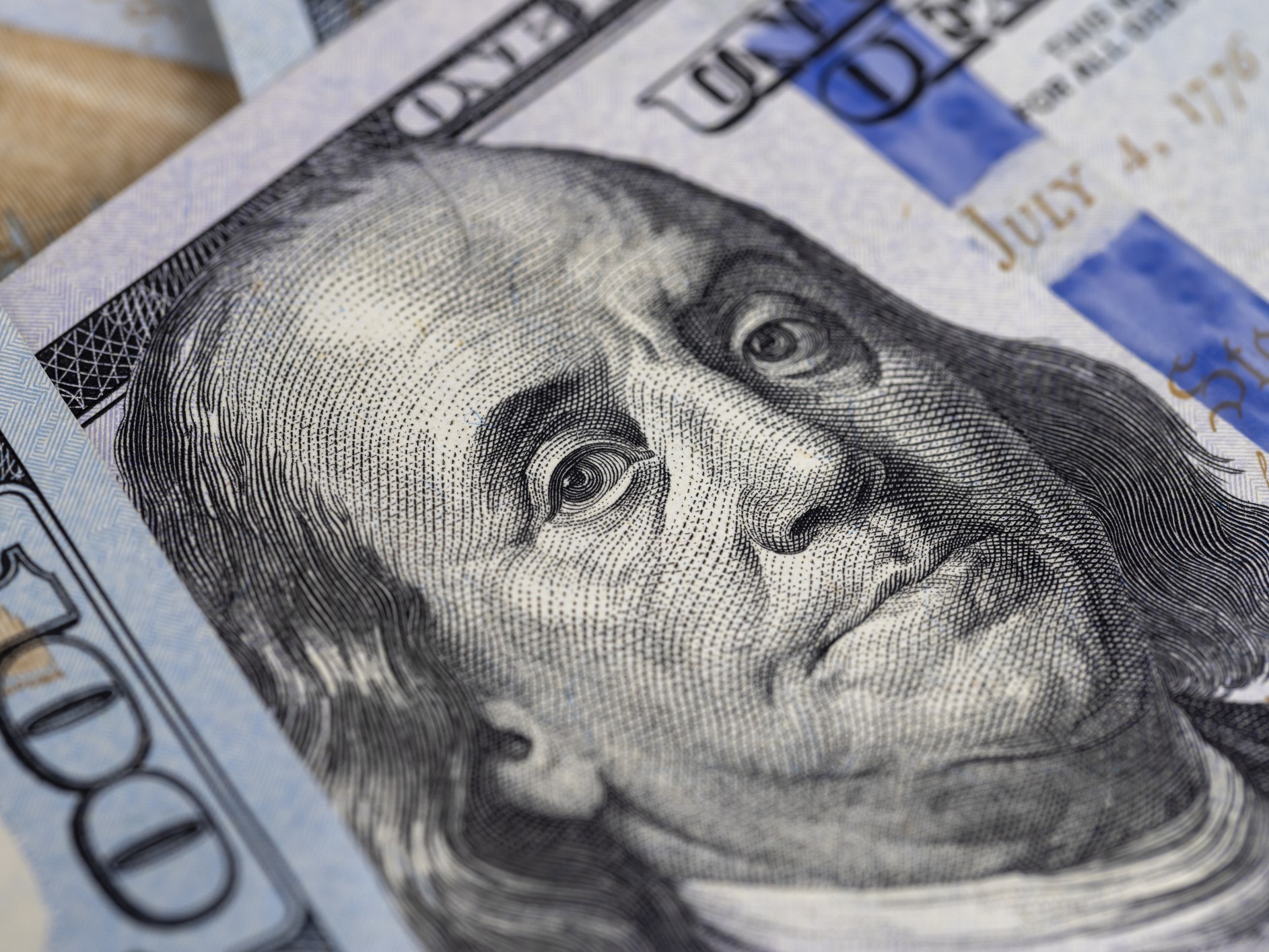How a French Mathematician, Insurance Broker and Risk Assessor Made Millions Betting on Horses
Figures so brilliant that they change the shape of their chosen field or avocation are rare.
You might think of Hank Greenberg’s impact on commercial insurance, the way Ernest Hemingway influenced the way we read and write sentences, or perhaps more currently, of Irish jockey Rachael Blackmore, who last year became the first woman to pilot a horse to win the Grand National at Aintree.
A book I read over the holiday break tells the story of one such figure. His name was Patrice des Moutis, and yes, he was a risk manager.
The book, first published in 2018, is titled “Monsieur X, The Incredible Story of the Most Audacious Gambler in History.” It was written by Jamie Reid, who has a number of horse racing books to his credit.
To come across a writer of Reid’s quality is a solid pleasure. I’d say if you need a good book to carry you through the gloom of February and into spring, pick this one up. But he has produced many other intriguing titles that I plan to devour as enthusiastically as I devoured this one.
Born in 1921 into an upper class family (his father was a successful insurance broker), des Moutis studied mathematics and engineering at the Ecole Centrale in Paris. With his father’s firm as a landing point, des Moutis, an honors graduate, put his mathematics education and his keen analytical mind to work there as a “risk assessor.”
But that was just one side of Patrice des Moutis’ life. des Moutis was also a horse racing aficionado who in Reid’s telling, was known to collect commissions for illegally placing horse bets for many of his well-heeled friends.
Not only was des Moutis a “risk assessor,” he was also a “handicapper.” By that we mean that he developed a feel and method for analyzing a horse’s “form,” its published and observed racing history, and determining how good the horse’s chances might be on a given race day.
It didn’t hurt that des Moutis knew many prominent French horse trainers and owners. To aid his analysis, des Moutis could place a call to the stables he knew to pick up tips from trainers and exercise riders on just how well a horse might be doing.
According to Reid’s book, where des Moutis achieved fame, wealth, glory and eventually infamy was in the pursuit of what the French call a Tierce’ wager. Here in the U.S. we call it the trifecta, that is, predicting and wagering on the first three finishers in a given horse race. It’s a tough wager to pull off, but if done correctly, can yield outsized returns.
In Reid’s narrative, des Moutis would study the field of a horse race, eliminate those horses he felt had no chance to win, and then use his mathematical training to build bets on various combinations of those remaining horses he felt could complete a Tierce’ ticket.
For example, des Moutis might eliminate 7 out of 13 runners in a given race and play the remaining 6 in a number of combinations. Des Moutis calculated what kind of payout he might realize from each combination and placed his wagers, very large wagers, accordingly.
des Moutis got very good at this. On one occasion, the running of the Prix de l’Elevage on Nov. 11, 1958, des Moutis cashed winning Tierce tickets worth 295,248 pounds sterling in today’s money.
At first, newspaper reporters following his massive wins referred to des Moutis as “Monsieur X” as he was able to keep his name out of the public eye for a while. That would change.
Paris in the late 1950s must have been a wonderful place to celebrate such successes. And according to Reid, celebrate des Moutis did. Dinners at world class restaurants bookended with champagne and Calvados, skiing vacations and Normandy beach house family getaways were all a part of des Moutis’s life.
Of course, success of this type eventually brought trouble.
As the 1950s gave way to the 1960s, des Moutis grew livid when he learned that officials within the Pari-Mutual Urbain, France’s government controlled wagering service, were evidently betting along with him, driving down his odds and cutting into his profit margin.
des Moutis fought them every step of the way. As his battle with the PMU became more public, for a while “Monsieur X” was a hero to the public. He was seen as a modern-day Robin Hood, whipping the publicly run betting system that fleeced so many poorer, day-to-day plungers in its turn.
Famously, on December 31, 1961, des Moutis worked well into the night studying the form of the Prix de Croise Laroche scheduled the next day for the Paris-based Hippodrome de Vincennes.
On the morning of January 1, 1962, des Moutis wound his way through a frozen Paris on foot, placing as many bets as he could in betting shops throughout the city. His Vincennes horses came in as expected and des Moutis netted 4.9 million pounds sterling.
French officials, many of whom had studied with des Moutis at the Ecole Centrale, began to pass regulations that limited the amounts he could wager on races. Ever innovative, des Moutis soon enlisted friends and associates to place bets for him, a maneuver legal forces soon sniffed out.
Paris is home to famous racetracks such as Vincennes and Longchamps. In des Moutis’s day it was also home to Le Cabaret des Trois Canard, or the Three Ducks Cabaret. The cabaret hosted famous jazz players like Django Reinhardt. It was also known to host a criminal organization of the same name.
When it comes to horse racing and betting, much is true sport and on the up and up. But where there is gambling, there is organized crime, and with that comes race fixing.
Whether gangsters sought out des Moutis in order to launder drug money through racing bets, or he was driven into their arms by the pinch placed on him by the government, may never be known positively.
But eventually, des Moutis, who loved playing the races and refused to back down from the pressure from the PMU, was accused of conspiring to fix races. He faced trial, imprisonment and reputational ruin.
With his family’s insurance business on the rocks, and facing continued pressure from both the government and the underworld, des Moutis took his own life in 1975.
The method of his departure was a treasured shotgun, much like the route taken by Hemingway.
des Moutis’s son Francois, who despaired in his efforts to clear his father’s name, also took his life soon after.
Moutis’s life ended sadly. But in the hands of Jamie Reid, his life story lives on and glimmers.
Here was a man with enormous talent and will to succeed. He did things very few could, and he had a great time doing it while he lived.
Not all risk managers can live the way Patrice des Moutis did, but his life’s tale is one more example that a career in insurance need never be boring. &










